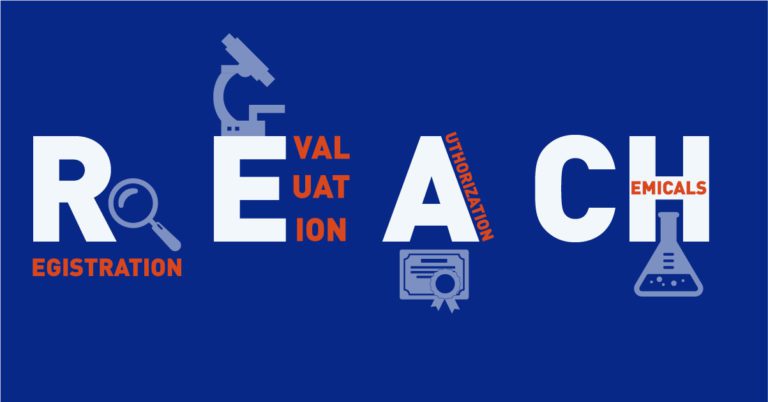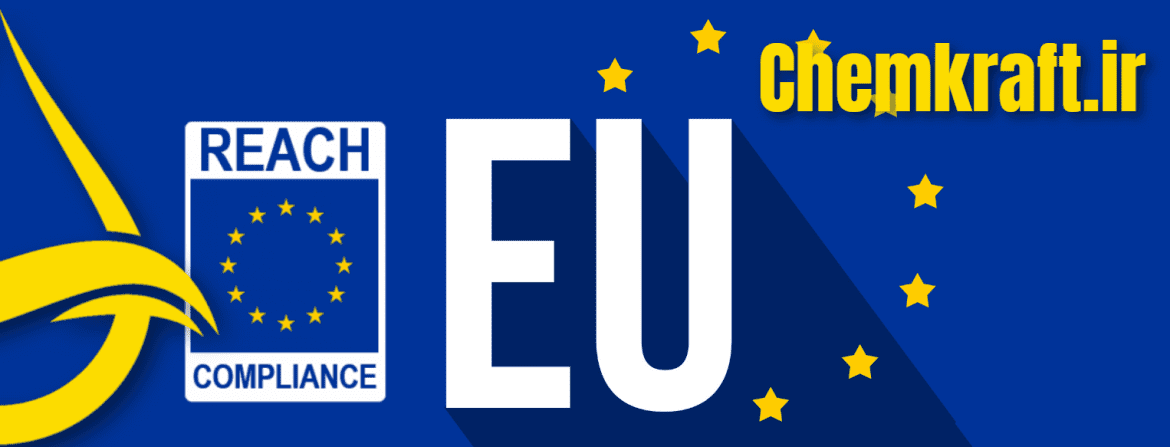Introduction:
The Registration, Evaluation, Authorization, and Restriction of Chemicals (REACH) is a comprehensive regulation implemented by the European Union (EU) to ensure the safe use of chemicals while protecting human health and the environment. This essay explores the REACH standard in the EU and its specific relevance to caustic soda, a chemical compound extensively used in various industrial applications.
Overview of REACH:
Enforced since 2007, REACH is a landmark regulation that shifts the responsibility for assessing and managing the risks posed by chemicals from governments to businesses. It applies to substances manufactured or imported in quantities of one ton or more per year. The regulation encompasses a phased approach, with requirements for registration, evaluation, authorization, and restriction of chemicals.
Registration of Caustic Soda under REACH:
Under the registration phase of REACH, manufacturers and importers are obligated to provide detailed information about the properties and uses of their chemicals. For caustic soda, this involves submitting data on its composition, hazards, safe use instructions, and potential exposure scenarios. The registration process is crucial for building a comprehensive database on chemicals used within the EU.
Caustic soda, with the chemical formula NaOH, falls under the scope of REACH, considering its widespread applications across industries. The registration process ensures that information about caustic soda is available to regulatory authorities, downstream users, and the general public.

Evaluation and Risk Assessment:
Once registered, the European Chemicals Agency (ECHA) evaluates the submitted data to assess potential risks associated with the use of caustic soda. This evaluation is critical for determining whether the substance poses any risks to human health or the environment. It also helps identify any necessary risk management measures that need to be implemented.
For caustic soda, evaluations may focus on its effects during production, handling, and application in various industries. This may include considerations of its corrosive nature, potential impact on aquatic environments, and its use in specific applications such as water treatment, pulp and paper manufacturing, and textiles.
Authorization Process and Caustic Soda:
The authorization phase of REACH is relevant when substances are identified as of very high concern (SVHC). SVHCs may include substances with persistent, bioaccumulative, and toxic (PBT) properties or those that exhibit other serious hazards. If a substance, such as caustic soda, is listed as an SVHC, its use may be subject to authorization.
However, as of my last knowledge update in January 2022, caustic soda is not typically listed as an SVHC. It is crucial for businesses to stay informed about any updates to the SVHC list and be prepared to comply with authorization requirements if caustic soda or related substances are added in the future.
Restrictions on Caustic Soda:
REACH also empowers the European Commission to impose restrictions on the manufacturing, placing on the market, or use of certain substances that pose unacceptable risks to human health or the environment. Restrictions can be applied at the EU level and may impact the use of caustic soda in specific applications.
While caustic soda itself is not currently subject to specific restrictions under REACH, the regulation’s dynamic nature means that this could change based on new scientific evidence or emerging concerns. It is essential for businesses to monitor updates to the REACH regulation and be prepared to adapt their practices accordingly.
Implications for Downstream Users:
Downstream users, including industries utilizing caustic soda in their processes, play a crucial role in ensuring compliance with REACH. They are required to follow any risk management measures identified during the evaluation phase and implement necessary safety measures in their workplaces.
Additionally, downstream users must communicate relevant information about the safe use of caustic soda throughout the supply chain. This includes providing updated safety data sheets (SDS) to customers and ensuring that workers are adequately trained on the safe handling and use of caustic soda.
Conclusion:
REACH stands as a cornerstone of chemical regulation in the European Union, promoting the responsible and safe use of chemicals while fostering transparency and communication across the supply chain. For caustic soda, REACH entails a systematic approach to registration, evaluation, authorization, and potential restriction, ensuring that the substance is used in a manner that minimizes risks to human health and the environment.
While caustic soda itself is not currently subject to authorization or restrictions under REACH, its pervasive use in industries underscores the importance of ongoing compliance and monitoring for any potential updates to regulations. Businesses involved in the production, import, or use of caustic soda within the EU must stay abreast of regulatory developments, actively participate in the REACH processes, and collaborate to ensure the continued safe use of this essential chemical compound. As REACH evolves to address emerging concerns and scientific advancements, its role in shaping the landscape of chemical safety within the EU remains pivotal.











